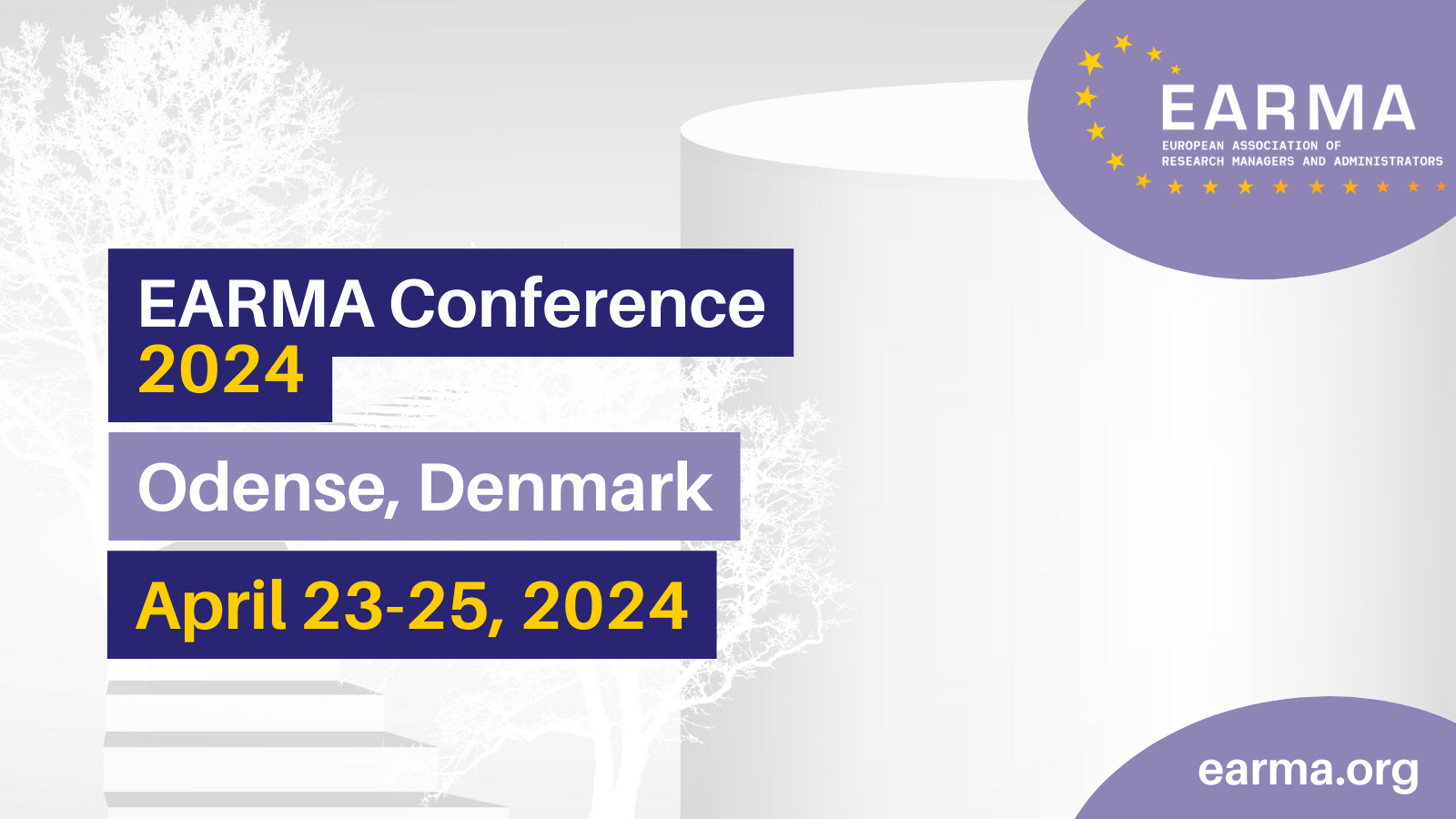RMA profession: past, present, what’s next?
RMA transversal roles: past, present, what’s next? A review of the literature and practical cases.
Conference
Format: Oral 20 Minutes
Topic: Professional and Career Development
Abstract
Background. The profession of RMAs was recognised in the United States since the establishment of the first professional associations in the 1950s and 1960s (the National Council of University Research Administrators in 1959 and the Society of Research Administrators in 1967). However, the recognition of RMAs is not homogeneous at an international level. Although the English Association for Research Managers and Administrators dates back to 1991 and the European Association of Research Managers and Administrators to 1995, the debate on autonomy and characteristics of RMA is still ongoing in Europe.
Aim and methods. We hereby propose to shed light on today's RMAs role and evolution as a profession according to the literature and presentation of practical career cases to contribute to framing tomorrow’s RMA profile needs.
Results. The role has develop organically for time in response to the changing landscape of research and the need for effective management and coordination. As other “new professionals”, there is a growing demand of certifications such as general PMP, MBA and also specific Master’s degree, RMA. Indeed, there are many paths to succeed as an RMA and their backgrounds are as diverse as their roles. Practical cases highlight the importance of soft skills and adaptability. As an example, the transition from a researcher to a research manager could be a significant career move that involves a shift in responsibilities and skillsets. While a background in research certainly provides a strong foundation, it is not the only factor that determines professional efficiency in a research management role.
Conclusion. The RMAs profession has showed a high rate of change during the last decades and RMA has transformed from a primarily administrative function to a multidisciplinary profession. Different professional certifications are available. However, a definition of the role is far from universal, leading to a fragmented professional development and undefined designation such as “peripheral staff”. Undoubtedly the figure is well recognized in academy and enterprises with an increasing value in the research environment, but sharing RMAs professional experiences and advice is fundamental for the career communities.
Learning outcomes: backgrounds of research administrators are as diverse as their roles; difficulties and importance of the professional definition of the RM role
Inputs for the audience: need to share RMA professional experiences today to train next RMA generation for tomorrow.

